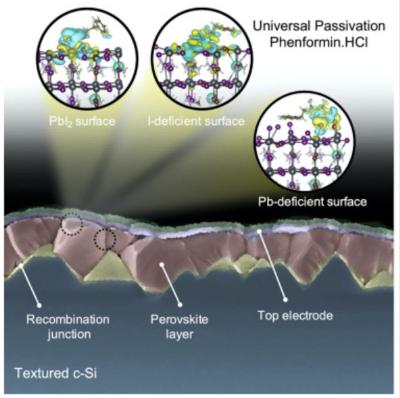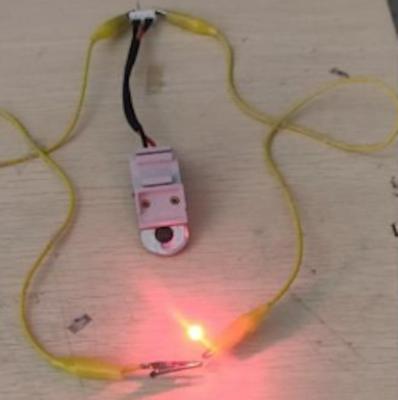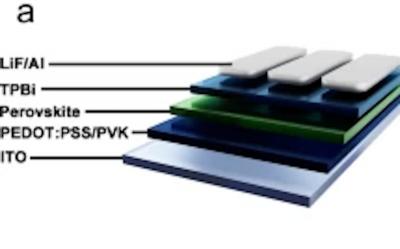KAUST team uses a multifunctional molecule to 'plug' perovskite defects
Researchers at KAUST have developed a multifunctional molecule that can plug various atomic-scale defects in perovskite solar materials, which could significantly boost the longevity and electrical output PSCs.
Perovskites inevitably feature defects, such as where a particular ion did not slot into place during fabrication, leaving a gap in the structure. These reactive sites can contribute to rapid performance decline — unless they can be fixed. “Defect passivation is very important for improving the long-term stability of perovskite solar cells,†says Furkan Isikgor, a researcher in Stefaan De Wolf’s group.




